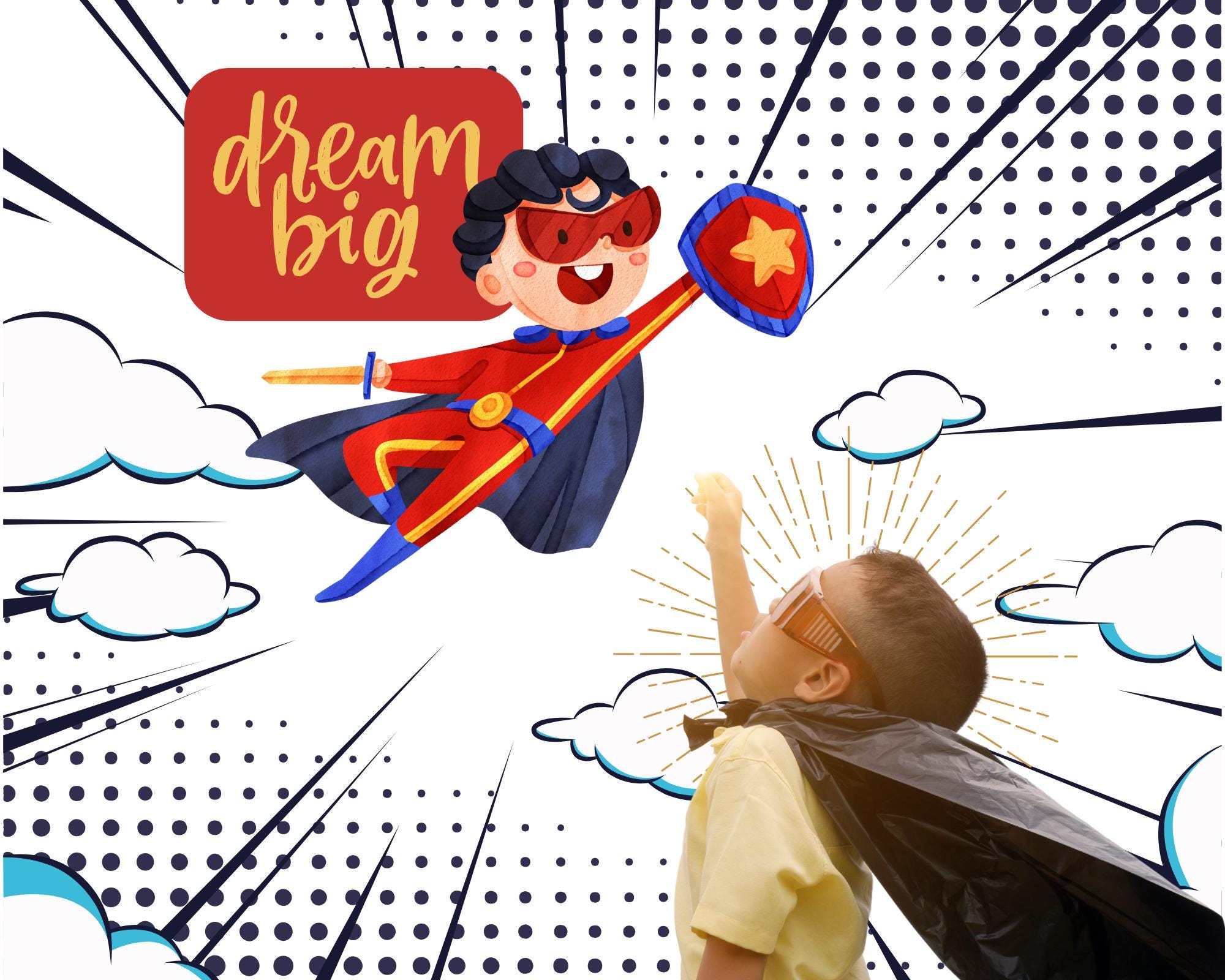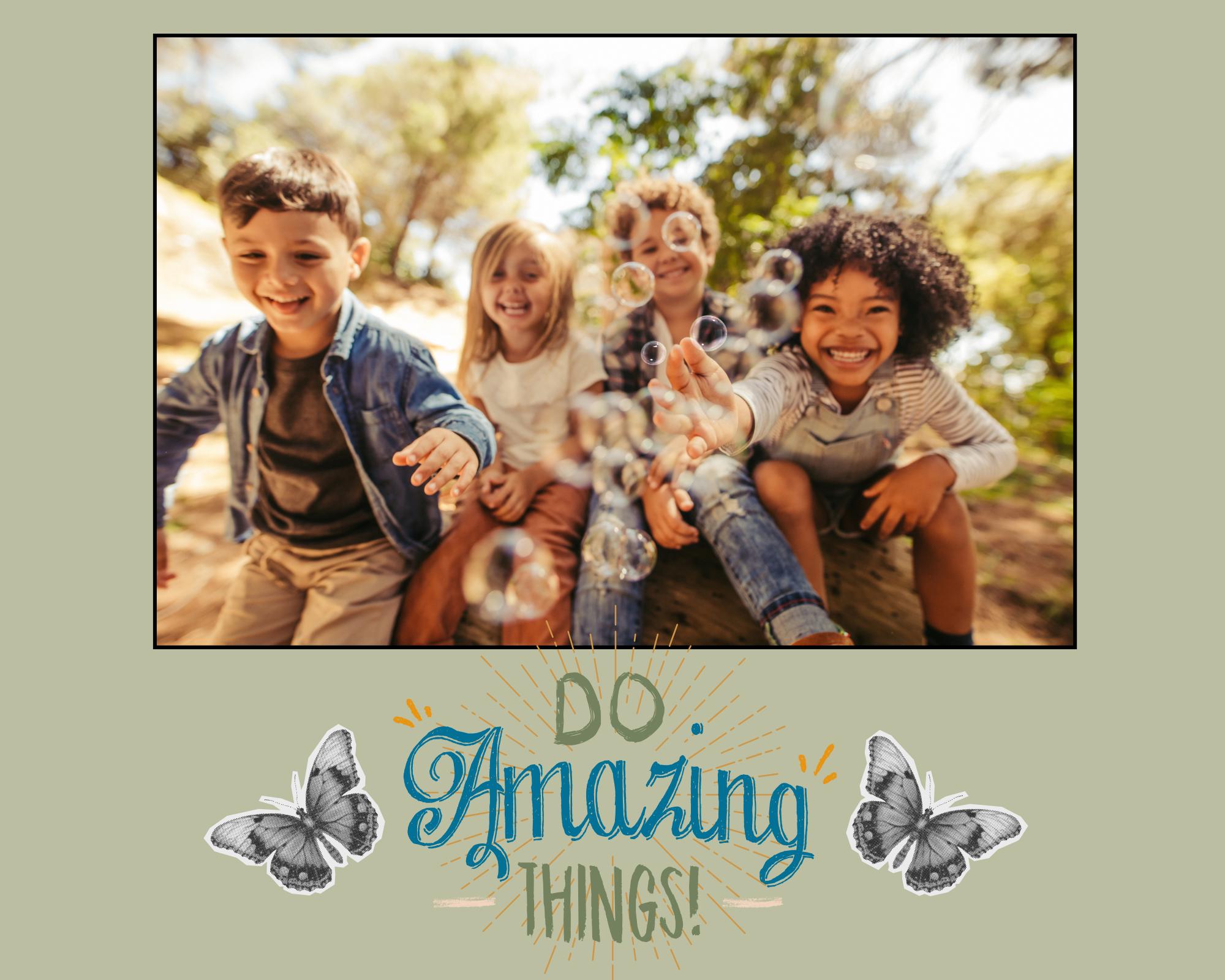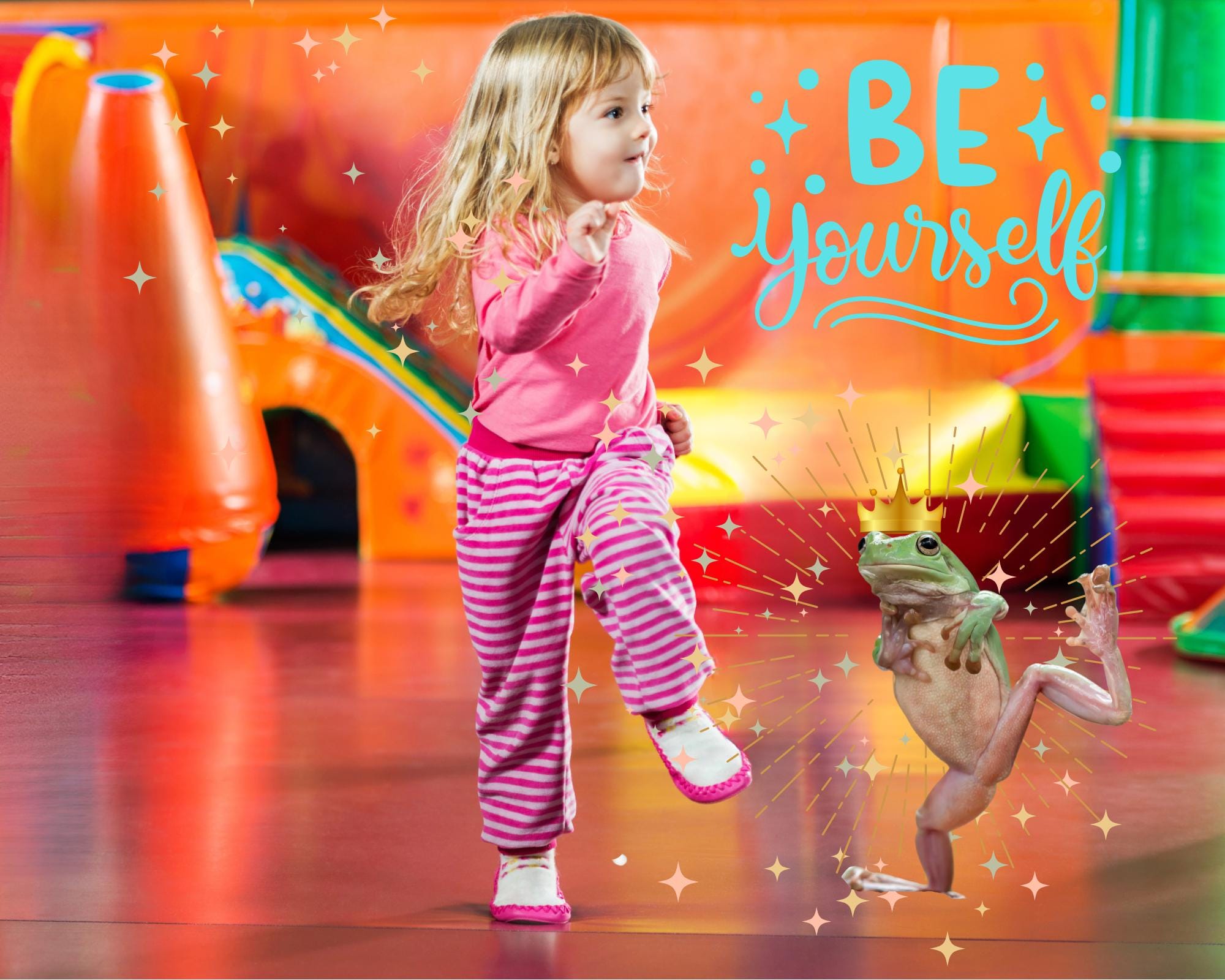
Return to the Playground: Reconnecting with Your Inner Child to Unblock, Create, and Thrive
Have you ever watched a child immersed in play—imaginative, joyful, fully present—and felt a pang of longing? That’s your inner child calling. Beneath the layers of responsibility, past pain, and conditioning lies a part of you that remembers what it means to be free, creative, and deeply loving. By returning to that part of ourselves, we can uncover where we’re blocked, reignite our joy, and begin to live with more compassion, curiosity, and connection.
The Inner Child: Your Original Essence
Your inner child is not just a metaphor. It’s a living, feeling aspect of your psyche formed from your earliest experiences—your joys, your fears, your play, your first ideas about the world. In early childhood, we absorb everything through play, relationships, and emotional cues. This “playground phase” becomes the blueprint for how we learn to relate to ourselves, to others, and to the world.
But here’s the thing—life can be tough. Many of us disconnect from our inner child to survive. We suppress feelings, forget joy, and trade imagination for realism. And in doing so, we often block our creativity, our capacity to love fully, and our ability to dream boldly.
Playgrounds as Practice for Life
Think back to the playground. Children negotiate, imagine, include, exclude, comfort, share, and create rules. They cry and laugh in the same breath. This is life in microcosm. What we learn during these formative moments shapes our beliefs about belonging, safety, expression, and value.
Were you the peacemaker? The leader? The loner? The one always picked last? These early identities often echo in our adult patterns. When we gently revisit these memories—without judgment—we can uncover long-held stories that no longer serve us. And that’s the first step to healing and transformation.

Love, Kindness, and the Power of Imagination
Children are inherently kind and imaginative. They don’t need reasons to believe in magic, and they love easily and fully. A child’s sense of wonder is not naive—it’s wise. It reminds us that life is rich with possibilities.
When we reconnect with our inner child, we tap into this power:
- The creativity to imagine new paths forward.
- The compassion to forgive ourselves and others.
- The joy that makes life worth living.
Where Are You Blocked? Ask Your Inner Child
When we feel creatively stuck, emotionally exhausted, or disconnected, the inner child often holds the key.
Ask yourself:
- What did I love doing as a child?
- What made me feel safe and joyful?
- When did I stop doing that thing?
- What would my 5-year-old self think of how I live now?
Sometimes the answers reveal grief. Sometimes they spark delight. But they always offer wisdom.
Healing Through Reconnection
Here are a few ways to begin reconnecting with your inner child:
1. Play Again
Paint, dance, build, sing, doodle—anything that feels playful. It’s not about skill, it’s about joy.
2. Write to Your Inner Child
Journaling is powerful. Ask them what they need. Ask them what they wish you remembered.
3. Revisit Favorite Childhood
Activities Watch a movie you loved, swing at the park, or read your favorite book from when you were little.
4. Practice Self-Compassion
Talk to yourself the way you would talk to a 6-year-old. Be gentle, be encouraging, be kind.
5. Reflect on Early Playground Lessons
What roles did you play? What stories did you believe? How are those still showing up in your relationships, your business, your art?
Let Your Inner Child Lead
Your inner child isn’t just a source of healing—they’re also a guide. They remember your core essence: your creativity, your sense of wonder, your belief in love and belonging. By letting them lead sometimes, you can rediscover the joy of creating without fear, loving without condition, and living in alignment with who you truly are.
It turns out everything we needed to know about life might have been learned in the sandbox after all.
Want to Explore More?
Try this journaling prompt:
“Dear Little Me, what do you wish I remembered?”
Let the words flow. You may be surprised by what comes up.

Works Cited / Further Reading
- Siegel, Daniel J. The Whole-Brain Child: 12 Revolutionary Strategies to Nurture Your Child’s Developing Mind. Bantam, 2011.
- Brown, Brené. The Gifts of Imperfection. Hazelden, 2010.
- Cozolino, Louis. The Neuroscience of Human Relationships: Attachment and the Developing Social Brain. Norton, 2014.
- “Inner Child Work: How and Why to Begin.” Psychology Today, www.psychologytoday.com/us/blog/mindful-anger/202003/inner-child-work-how-and-why-begin
- “How Early Childhood Experiences Shape Us.” Center on the Developing Child – Harvard University, developingchild.harvard.edu/science/key-concepts/brain-architecture
